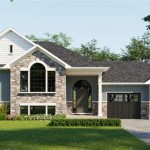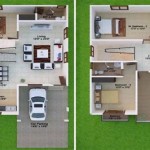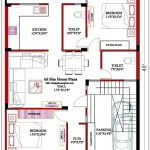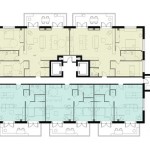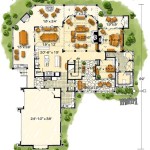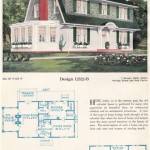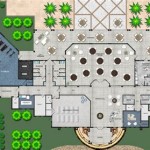Treehouse Bed Building Plans
Building a treehouse bed is a rewarding project that can bring joy to children and adults alike. Whether it's a simple platform nestled amongst branches or an elaborate structure with multiple levels, a treehouse bed offers a unique sleeping experience and sparks imaginative play. Careful planning and execution are essential to ensure safety and stability. This process begins with selecting appropriate treehouse bed building plans.
Choosing suitable plans is crucial for a successful build. Factors to consider include the age of the intended occupant, the available space within the room, and the builder's skill level. Simple designs with low platforms are ideal for younger children and novice builders. More complex plans featuring higher platforms, ladders, or even slides are better suited for older children and experienced builders. Numerous resources, including books, websites, and DIY communities, offer a variety of treehouse bed building plans to choose from.
Once plans are selected, a thorough assessment of the room is necessary. Accurate measurements of the room's dimensions, ceiling height, and window placement are vital for adapting the plans if required. Additionally, the location of electrical outlets and light fixtures should be noted to ensure safe integration into the design.
Material selection is another critical aspect of the building process. Common materials used for treehouse beds include wood, plywood, and metal. Wood is a popular choice due to its strength, durability, and aesthetic appeal. Different types of wood offer varying degrees of hardness and resistance to decay, with hardwoods like oak and maple being more durable than softwoods like pine or fir. Plywood offers a cost-effective alternative for certain components, such as the platform base. Metal brackets, screws, and bolts are essential for structural integrity.
Before construction begins, all necessary tools should be gathered. Common tools include a saw, drill, hammer, screwdriver, measuring tape, level, and safety glasses. The specific tools required may vary depending on the complexity of the design. Having all tools readily available streamlines the building process and prevents unnecessary delays.
Construction typically begins with building the bed's frame. This involves cutting the chosen material to the specified dimensions in the plans and assembling the pieces using screws or bolts. Ensuring the frame is square and level is crucial for stability. Braces and supports can be added for increased strength and rigidity, especially for higher platforms.
Next, the platform base is constructed. This typically involves attaching plywood sheets to the frame, creating a solid surface for the mattress. The platform should be securely fastened to the frame to prevent movement or shifting. The edges of the plywood should be sanded smooth to prevent splinters and ensure safety.
Adding guardrails is essential for safety, especially for younger children. Guardrails should be high enough to prevent falls and securely attached to the frame. The spacing between the rails should be narrow enough to prevent a child from slipping through. Solid panels or vertical slats can be used for the guardrails, depending on the desired aesthetic.
Access to the treehouse bed is another key consideration. A simple ladder is a common solution for lower platforms. Built-in stairs or even a slide can be incorporated into more elaborate designs. The chosen access method should be age-appropriate and designed with safety in mind.
Adding decorative elements can enhance the treehouse bed's aesthetic appeal. Painting the structure in a playful color scheme, adding curtains, or incorporating themed decorations can create a whimsical and inviting space. These finishing touches can personalize the treehouse bed and further stimulate imaginative play.
Regular maintenance is crucial for ensuring the treehouse bed's longevity and safety. Periodically checking for loose screws, damaged components, and signs of wear is essential. Promptly addressing any issues prevents further damage and ensures the bed remains a safe and enjoyable space for years to come.
While pre-designed plans offer a helpful starting point, customization can further personalize the treehouse bed. Adapting the plans to fit the specific dimensions of the room, incorporating unique design elements, or adding custom features can create a one-of-a-kind sleeping space tailored to individual preferences.
Safety should always be the top priority throughout the entire building process. Following the plans carefully, using appropriate materials, and ensuring all components are securely fastened are essential for creating a safe and stable structure. Regular inspections and maintenance are crucial for maintaining safety over time.

10 Easy Steps To Build A Diy Clubhouse Bed The Owner Builder Network House Beds For Kids Tree Bedroom

Clubhouse Bed Ana White

3 Diy Treehouse Beds To Build For Your Kids Room A Play Area

12 Diy Indoor Treehouse Ideas Kids Beds Play Areas Tree House Bunk Bed Loft

Toddler Treehouse Bed Ana White

3 Diy Treehouse Beds To Build For Your Kids Room A Play Area

23 Epic Tree Houses That Ll Put Your Head In The Clouds Treehouse Loft Bed House Bunk

Tree House Bunk Bed 5 Steps With Pictures Instructables

Treehouse Bed Ana White

3 Diy Treehouse Beds To Build For Your Kids Room A Play Area

